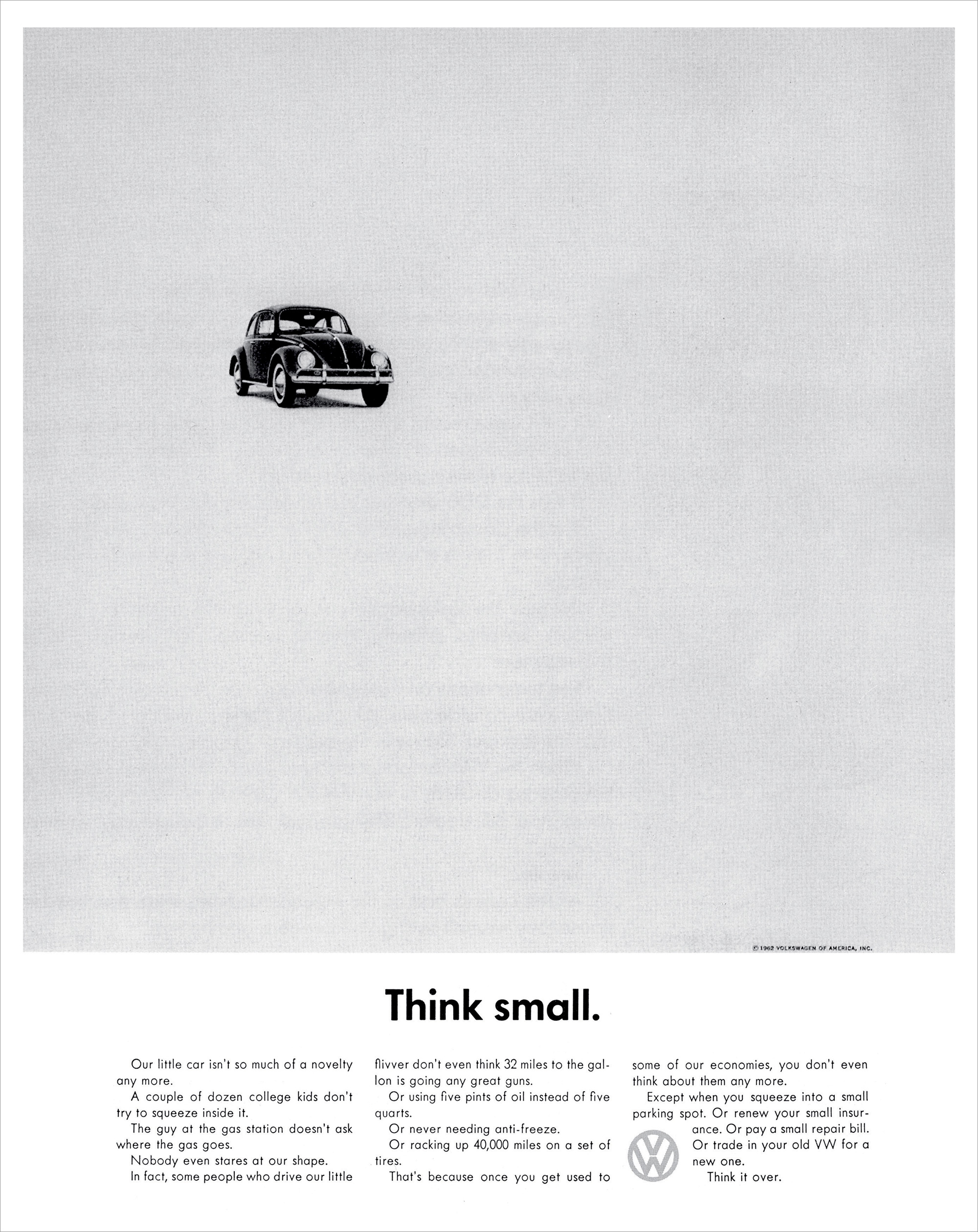Advertising, new media and social campaigns had paved a way for advertisers to create adverts to be added to, changed by or passed on by the public, making it often a cheap way of advertising and an affective way as viewers relate to the advert on a personal level, as they have contributed to it.
This social media campaign named '0 views' was released onto youtube in November of 2011 for Amnesty International Uraguay. The campaign was created to raise awareness about the violence toward women in the maternity wards. The concept of the campaign was to promote the idea that video's of women being treated as they are shouldnt be seen, and neither should the act in the first place.
The video was uploaded to youtube in such a way that for every view it had, the view counter went down. The aim was to get the views down to zero from 44,000. The campaign spread accross social media sights such as Facebook, Twitter and even the news channels with people urging others to lower to view count.
New media has changed creative advertising, as it has allowed the audience to have a viewpoint and to add to the campaigns, making it a more personal experience thus adding a more personal relationship to the brand/cause. It has also given the viewers a chance to decide what they watch or add to, and has put advertising into the hands of the viewers through social media sites and word of mouth.











